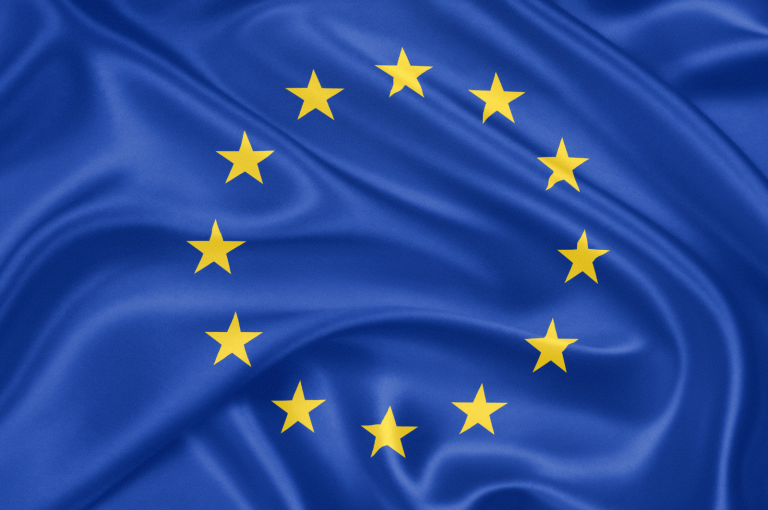
Special VAT Territories in the EU: What Merchants Need to Know
Why Special VAT Territories Matter
The European Union’s complex history and geography have created an equally complex VAT landscape. EU VAT legislation reflects these historical realities, meaning VAT rules don’t apply uniformly across all territories.
For example, a merchant in Japan, Korea, or the USA might have little idea about the tax status of Monaco or Gibraltar — and may easily misjudge the applicable VAT rules. But merchants are not to be blamed, even e-commerce giants like Shopify often misapply these rules.
On top of that, Brexit has added further complications. Northern Ireland, while part of the UK, remains fiscally aligned with certain EU VAT regulations.
Merchants shouldn’t be expected to master all these rules themselves. That’s where automated solutions, like EAS, come in — ensuring special territories, separate countries, and “country-like” territories are handled correctly. Unfortunately, most e-commerce platforms can’t manage these nuances without external support.
Breaking Down the EU’s Fiscal Map
To simplify the situation, here’s how the main categories of territories are structured:
1. EU Countries
- 27 member states of the European Union.
- Northern Ireland is part of the UK but, for some purposes, is treated as an EU territory.
- Most sales to EU countries can be handled via IOSS, provided the order value is under €150 and does not contain excise goods.
2. Non-EU Countries
Examples: Switzerland, Liechtenstein, Norway, the UK, Andorra, Vatican, Serbia, Bosnia-Herzegovina, North Macedonia, Montenegro, Albania, Iceland, and Kosovo (treated as a country for business purposes).
- EU VAT laws do not apply.
- Sales should be done DDU or DDP using local tax rules.
3. Associated Countries & Special Status Territories
Some territories are linked to EU member states but have unique VAT rules:
- Monaco – Considered part of France for fiscal purposes (Shopify often mislabels it).
- San Marino – In EU customs territory, but VAT rules do not apply (no IOSS).
- UK Sovereign Base Areas (Akrotiri & Dhekelia) – Follow Cyprus VAT rules, including IOSS.
- Azores & Madeira – Portugal applies special reduced VAT rates.
4. EU Territories Outside the VAT Area
EU VAT rules do not apply here. Examples include:
- Denmark – Faroe Islands, Greenland
- Greece – Mount Athos
- Finland – Åland Islands
- France – Guadeloupe, French Guiana, Martinique, Réunion, Mayotte, Saint-Martin, other overseas territories
- Germany – Heligoland, Büsingen
- Italy – Livigno, Campione d’Italia, Italian waters of Lake Lugano
- Netherlands – Netherlands Antilles
- Spain – Ceuta, Melilla, Canary Islands
5. UK Special Territories & Dependencies
- Gibraltar, Jersey, Guernsey – Outside UK VAT territory; special VAT rules apply.
- Isle of Man – Forms a single VAT territory with the UK.
Northern Ireland: A Special Case
After Brexit, the Windsor Framework revised the original Northern Ireland Protocol.
Key simplified rules for e-commerce:
- From outside the UK/EU to NI:
B2C deliveries under £135 follow IOSS rules (excluding excise goods). - From the EU to NI and NI to the EU:
Union OSS rules apply.
EAS plugins have dedicated settings to handle Northern Ireland correctly.
How Platforms Handle Special Territories
Shopify
- Mislabels some territories (e.g., treats Canary Islands as part of mainland Spain VAT).
- EAS corrects this by:
- Setting Monaco as taxable with French VAT rates.
- Automatically collecting VAT for Canary Islands, Ceuta, Melilla, Azores, Madeira, and other special territories.
- Excluding sales outside the EU VAT area from fiscal reporting, even if Shopify applies VAT.
- Setting Monaco as taxable with French VAT rates.
WooCommerce
- More flexible in VAT configuration.
- EAS can fully automate VAT rules, exclude special territories, apply reduced rates, and handle Northern Ireland automatically.
Why You Don’t Need to Worry
EAS ensures that:
- VAT is applied correctly for each territory.
- Special VAT rates are automatically used where required.
- Sales to territories outside the EU VAT area are excluded from reporting.
- Northern Ireland’s unique post-Brexit VAT status is handled without manual intervention.
This means merchants can sell confidently to every part of Europe — without needing to know every nuance of EU VAT law.
Contact us today and see how easy EU VAT compliance can be.

Author:
Ross Shakhtakhtinskiy, CEO at EAS
Ask Ross about European regulation, and he’ll orchestrate a symphony of taxes! That’s a guaranteed lullaby
Read more from EAS
EUDR Delay
The European Commission’s recent introduction of new measures to combat VAT fraud in online sales is a welcome development for businesses of all sizes operating in the digital sphere. As a leading provider of fully automated VAT compliance solutions for online sellers…
EUDR Webinar
The European Commission’s recent introduction of new measures to combat VAT fraud in online sales is a welcome development for businesses of all sizes operating in the digital sphere. As a leading provider of fully automated VAT compliance solutions for online sellers…
EUDR Will Not Be Delayed
The European Commission’s recent introduction of new measures to combat VAT fraud in online sales is a welcome development for businesses of all sizes operating in the digital sphere. As a leading provider of fully automated VAT compliance solutions for online sellers…
EUDR Delay Still Unconfirmed
The European Commission’s recent introduction of new measures to combat VAT fraud in online sales is a welcome development for businesses of all sizes operating in the digital sphere. As a leading provider of fully automated VAT compliance solutions for online sellers…
IOSS for WooCommerce
IOSS for WooCommerce: Simplifying EU VAT Compliance for eCommerce Running a WooCommerce store and selling
How to register for IOSS
How to Register for IOSS For businesses selling from outside the European Union to EU






